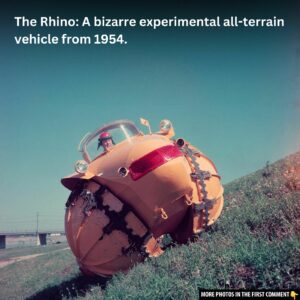The Lamborghini Miura is a name synonymous with automotive innovation and breathtaking performance. Born in 1966, this stunning vehicle revolutionized the automotive industry, setting a new benchmark for what a supercar could be. When Lamborghini introduced the Miura, it wasn’t just a car—it was a game-changer. With its mid-engine layout, groundbreaking design, and mind-boggling performance capabilities, the Miura became the world’s first true production supercar. But the story behind the Miura is far more than just horsepower and speed. It’s a tale of ingenuity, vision, and relentless ambition that forever altered the course of automotive history.
The Birth of the Miura: A Vision of Innovation
Before the Lamborghini Miura, nearly every serious sports car on the market had a front-mounted engine. Cars like the Ferrari 275 GTB, Jaguar E-Type, and Alfa Romeo Giulia GTA all adhered to this layout, and it was considered the standard for high-performance road cars. Meanwhile, race cars had already adopted mid-mounted engines for their superior balance and performance on the track. However, this approach had not yet been applied to production cars—until Lamborghini dared to make it a reality.
After the success of Lamborghini’s first production car, the 350GT, the engineers at Lamborghini wanted to push the boundaries even further. The breakthrough came when Lamborghini began to experiment with a mid-mounted engine configuration, which they believed would improve the car’s weight distribution and handling. The challenge was fitting a large engine—like the 3.9-liter V12 that Lamborghini had already developed—into a compact frame.
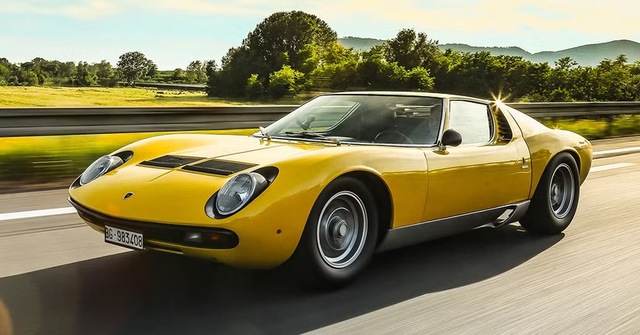
Lamborghini’s solution was ingenious. Instead of mounting the engine longitudinally, as was typical in front-engine cars, they decided to turn the engine sideways and create a transverse-mounted mid-engine chassis. The result was a car that not only looked different but also performed differently. To showcase this innovation, Lamborghini revealed a prototype of the Miura chassis at the 1965 Turin Salon Auto Show. Though the prototype lacked body panels, the public response was immediate, and several orders were placed on the spot for the car that would come to define a new era of performance.
Video
Watch the video “Lamborghini Miura – The First Modern Supercar” on Top Gear to see an in-depth review of this iconic vehicle.
Breaking Boundaries: The First True Mid-Engined Supercar
While the 1965 Ford GT40 Mark I was technically the first mid-engine car to enter production, it was not designed as a road-going vehicle. The GT40 was primarily a race car, with road versions created for regulatory reasons. On the other hand, the Lamborghini Miura was conceived from the ground up as a production car. It was designed to be driven on the streets, not just the racetrack, and it was the first of its kind to feature a mid-engine layout that catered to the demands of everyday driving.
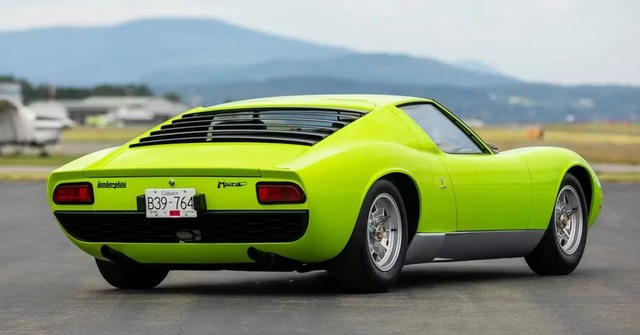
The Miura’s innovative design started a trend in the automotive world, with many manufacturers following Lamborghini’s lead in adopting mid-engine layouts for their performance cars. Not only did the mid-engine configuration provide better handling and weight distribution, but it also improved the overall driving experience. The Miura demonstrated that a supercar could be both visually striking and capable of phenomenal performance, changing the way automotive enthusiasts viewed what was possible in a production car.
Power and Performance: Lamborghini Miura’s Engine and Specifications

At the heart of the Lamborghini Miura was the 3.9-liter DOHC V12 engine, designed by the legendary Giotto Bizzarrini. This engine was based on the same V12 found in the earlier Lamborghini 350GT and 400GT models, but Lamborghini made several modifications to improve the engine’s output. The result was a car that generated an impressive 350 horsepower and 300 lb-ft of torque in its base configuration, the Miura P400.
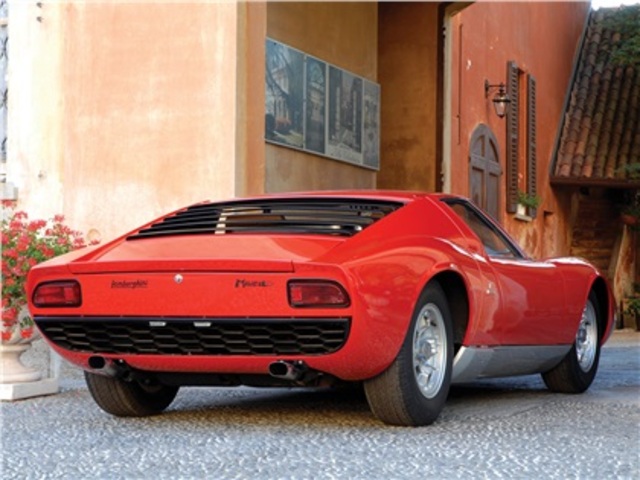
The Miura P400 was capable of reaching a top speed of 163 mph and could accelerate from 0 to 60 mph in just 6.7 seconds. These figures made the Miura one of the fastest production cars of its time, beating its rivals in both speed and performance. However, Lamborghini didn’t stop there. They continued to refine the Miura’s design, leading to the creation of two more versions: the Miura P400 S and the Miura P400 SV.
Miura Evolution: P400, P400 S, and P400 SV
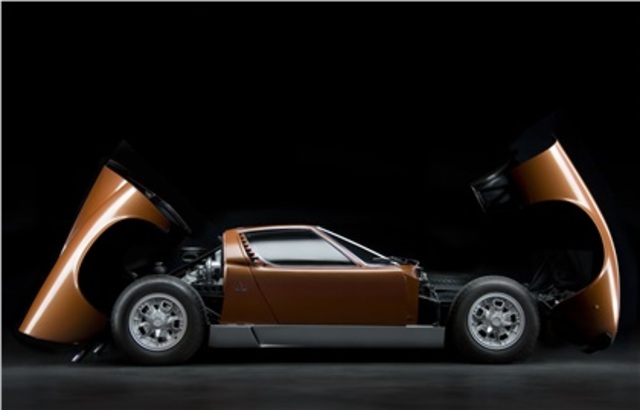
The Miura P400 S, introduced in 1969, featured several improvements over the base model. The P400 S had a more refined design, with power windows and improved suspension. Its engine was tweaked to deliver 370 horsepower and 287 lb-ft of torque, and the Miura P400 S could now go from 0 to 60 mph in just 6.5 seconds, with a top speed of 168 mph. A total of 338 Miura P400 S units were built during its production run, and it remains one of the most beloved iterations of the Miura today.
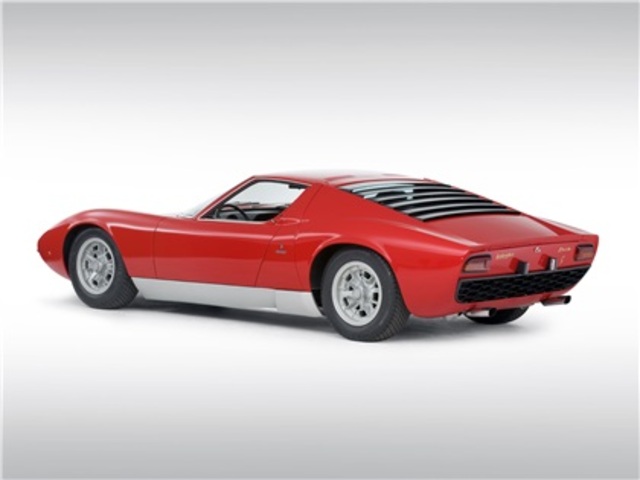
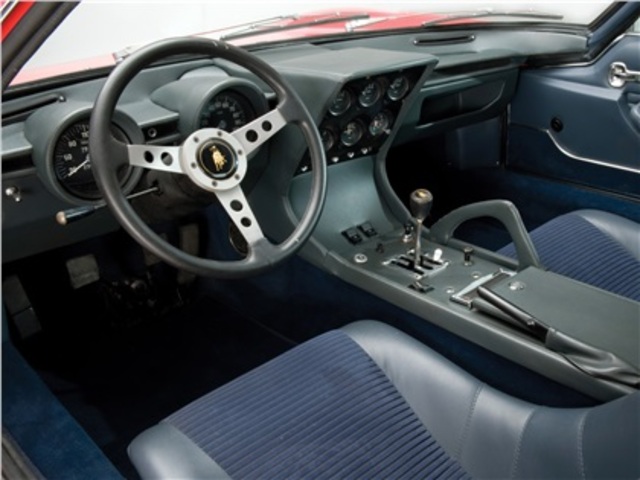
In 1971, Lamborghini released the Miura P400 SV, the final version of the Miura. The P400 SV featured a wider track and enhanced suspension, allowing for improved handling and stability. With 385 horsepower and 295 lb-ft of torque, the Miura P400 SV was the most powerful version of the Miura ever produced. It could reach 0 to 60 mph in less than 6 seconds and had a top speed of 170 mph. The Miura P400 SV became a symbol of Lamborghini’s engineering prowess and set the standard for high-performance supercars for years to come.

The Miura’s Lasting Influence on Supercars
The Lamborghini Miura’s impact on the automotive world cannot be overstated. Its innovative mid-engine design influenced the development of nearly every performance car that followed. From Ferrari to Porsche, manufacturers began to embrace the mid-engine layout, which became the standard for supercars in the years that followed. The Miura not only revolutionized car design but also ignited the imaginations of car enthusiasts and collectors around the world.
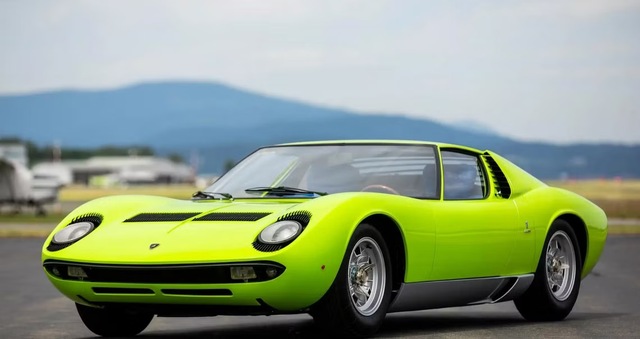
Even today, the Miura’s legacy continues to shape the world of supercars. Lamborghini’s modern-day models, like the Aventador, owe much of their design and performance to the Miura. The car’s stunning looks and groundbreaking technology set the stage for the supercars we know and love today.
Collecting the Miura: A Supercar Icon Today
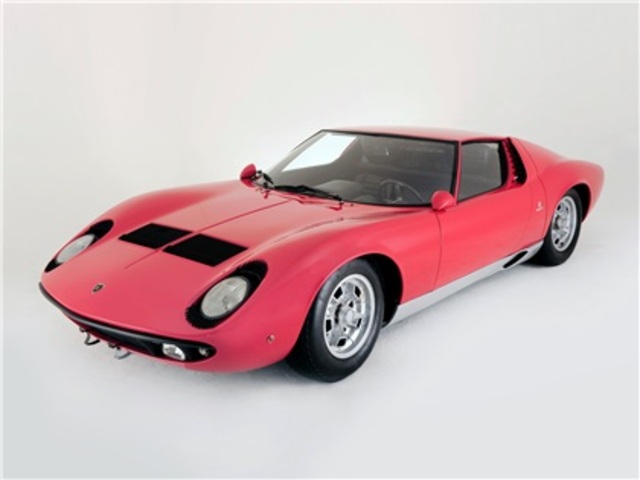
Despite being over 50 years old, the Lamborghini Miura remains one of the most sought-after and expensive vintage cars in the world. The Miura’s rarity, combined with its stunning design and historical significance, has made it a true collector’s item. Original Miura models can fetch upwards of $2 million at auction, with specially modified versions or models with a known provenance fetching even higher prices.
For car enthusiasts and collectors, owning a Miura is not just about having a beautiful car—it’s about owning a piece of automotive history. The Miura represents the pinnacle of Lamborghini’s early engineering efforts and serves as a testament to the company’s commitment to performance, design, and innovation.
Video
Check out the video to witness the restoration and rebuild of a rare, abandoned Lamborghini Miura, bringing this legendary supercar back to life.
Conclusion: The Enduring Appeal of the Lamborghini Miura
The Lamborghini Miura is a car that transcends time and trends. It remains one of the most iconic supercars in the world, and its influence on the automotive industry is still felt today. With its revolutionary mid-engine design, exceptional performance, and breathtaking beauty, the Miura set the stage for modern-day supercars and remains a symbol of Lamborghini’s unmatched engineering legacy. Whether on the road or on display in a collection, the Miura continues to captivate car enthusiasts and collectors alike, ensuring its place as one of the greatest cars ever built.



